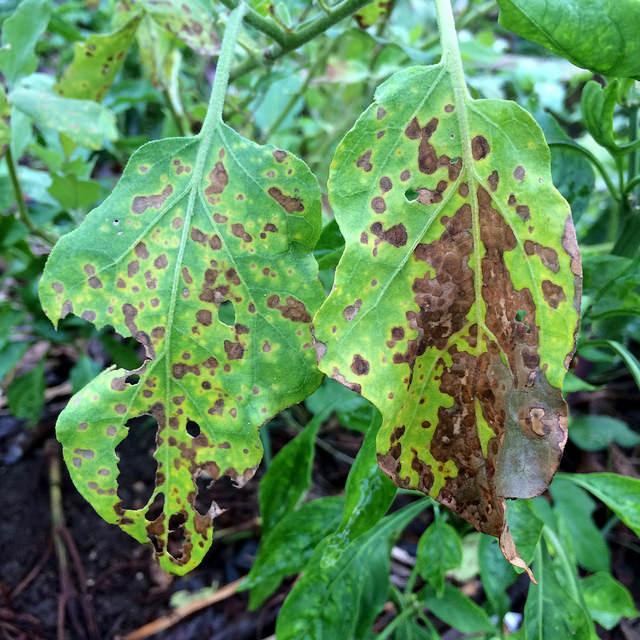
Phomopsis leaf blight
Phomopsis obscurans
What is Phomopsis leaf blight (Phomopsis obscurans)?
Phomopsis obscurans is a common fungus found in strawberry plants, which causes the disease of leaf blight. The pathogen infects leaves, stolons, and fruit. Symptoms include circular reddish-purple spots that develop into V-shaped lesions along the veins. The lesions have a dark brown center, a light brown outer zone, and a purple, red, or yellow perimeter. Severe infections lead to yellowing, browning, and death of the plant. Fruit may exhibit soft, light pink lesions with a tough, tan-colored center.
How does Phomopsis leaf blight (Phomopsis obscurans) occur?
Phomopsis obscurans reproduce by releasing tiny spores called conidia from fungal structures called pycnidia. These spores can be carried by wind, water, or other means to infect new plants. Once the spores find a suitable plant, they germinate and cause infection. The fungus can also reproduce sexually under certain conditions, producing spores called ascospores. These spores contribute to the spread and survival of the pathogen. Overall, the fungus spreads by releasing spores that can travel and infect new plants, allowing it to reproduce and continue its life cycle.
Symptoms
1 - Plants Health
Phomopsis leaf blight weakens plants, leading to reduced yields and potential plant death, negatively impacting both plant health and the economy.
2 - Soil Health
• Disease persistence: Pathogens can overwinter in plant debris, contributing to recurring infections. • Nutrient cycling: Severe infections impact nutrient uptake and cycling in the soil.
Solutions
1 - Prevention
• Use certified disease-free plants to avoid introducing the pathogen. • Clear the field of old plant debris to eliminate overwintering fungal inoculum. • Select a well-drained field with good air circulation for planting. • Practice proper irrigation techniques to prevent excess moisture. • Control weeds to maintain airflow and reduce favorable conditions for disease development.
2 - Cultural Practices
• Maintain plant vigor through proper nutrition, irrigation, and overall plant care. • Regularly inspect plants for early signs of infection and promptly remove and destroy infected plant material. • Rotate crops to reduce disease buildup in the soil. • Implement crop spacing to enhance air circulation and minimize humidity.
3 - Biological Control
• Consider the use of biocontrol agents, such as Pseudomonas fluorescens, which have shown efficacy against the pathogen. • Consult local agricultural extension services for approved Microbial products and recommended application timings. • Follow label instructions and safety guidelines when applying fungicides.
4 - Chemical Control
• Some available fungicides for controlling Phomopsis obscurans include Captan, Thiram, Myclobutanil, Azoxystrobin, Boscalid, Pyraclostrobin, and Mancozeb. • Consult local agricultural extension services for approved fungicides and recommended application timings. • Follow label instructions and safety guidelines when applying fungicides.
